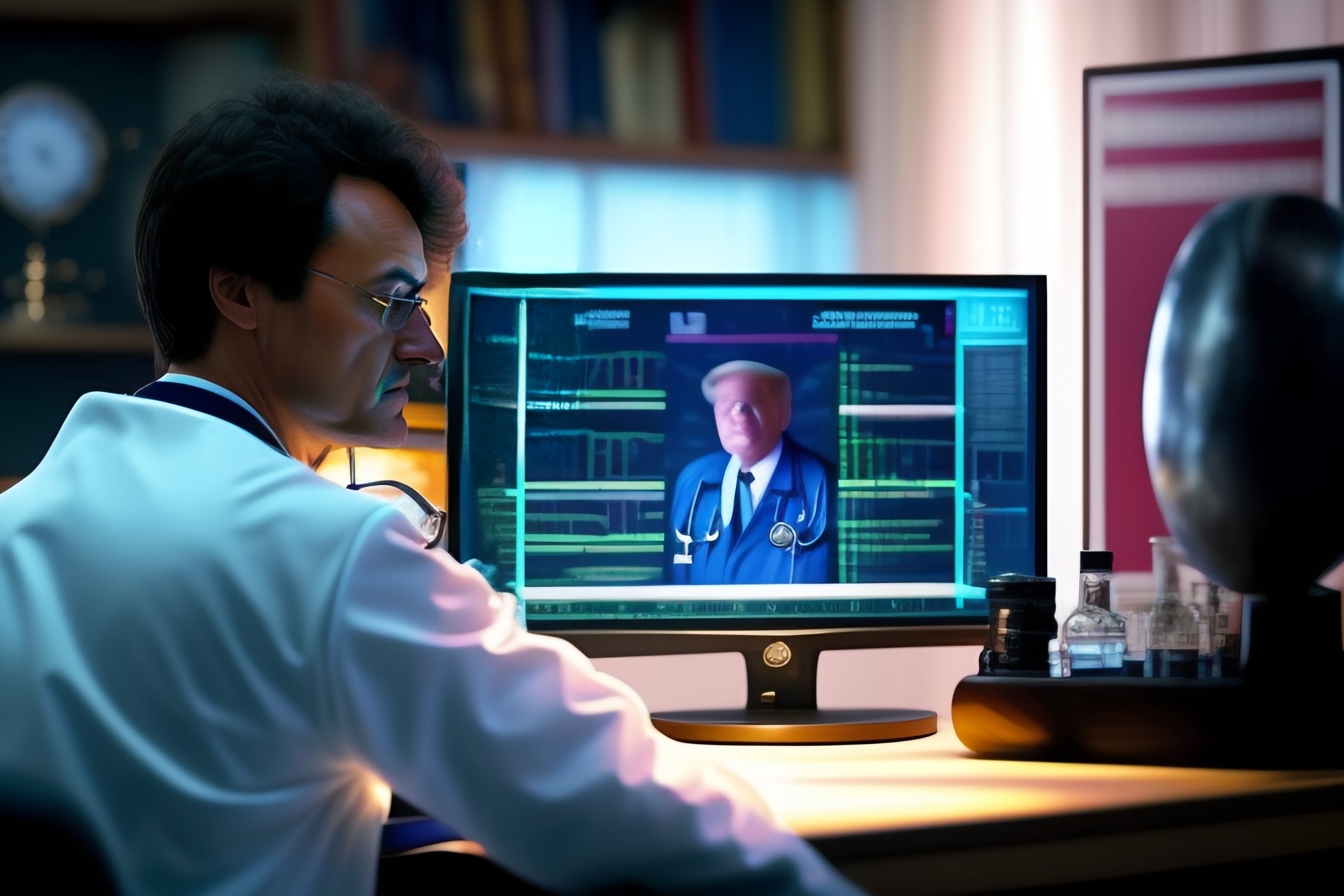The Role of Virtual Reality in Healthcare: How VR is Transforming Medical Training and Patient Care
Virtual Reality (VR) is rapidly transforming the healthcare industry by enabling medical professionals to enhance their training and patients to receive more personalized and effective care. With the increasing use of VR in healthcare, we are seeing a significant shift towards more efficient, accurate, and immersive medical training and patient care.
In this blog, we will explore the role of Virtual Reality in healthcare and how it is transforming medical training and patient care.
Medical Training
Medical training is one of the most crucial aspects of healthcare. The use of VR technology in medical training has opened up new possibilities for medical students and professionals to learn and practice in a safe and controlled environment.
With the help of VR, medical students can practice complex surgical procedures, conduct virtual dissections, and learn to diagnose and treat a range of medical conditions in a simulated environment. This enables them to gain hands-on experience, build their confidence and skills, and make fewer mistakes when working with real patients.
Moreover, medical professionals can also use VR to train for high-risk medical procedures that are difficult to replicate in traditional training environments. For instance, surgeons can use VR to practice and refine their skills before performing complex surgeries, leading to improved patient outcomes.
Pain Management and Therapy
Virtual Reality is also being used to manage pain and improve the quality of life for patients with chronic pain conditions. By using VR to create immersive experiences, patients can be transported to different environments that distract them from their pain.
In addition, VR can also be used for therapy purposes. For example, patients with post-traumatic stress disorder (PTSD) can undergo virtual exposure therapy, which involves being exposed to different virtual environments to help them confront and overcome their fears.
Rehabilitation
Virtual Reality is also transforming the way rehabilitation is delivered to patients. With the help of VR, patients can perform exercises and practice movements that are essential for their rehabilitation in a safe and controlled environment. This helps them to build strength, flexibility, and confidence, leading to better rehabilitation outcomes.
For instance, stroke patients can use VR to practice arm movements and hand-eye coordination, which are essential for their recovery. Similarly, patients with spinal cord injuries can use VR to practice standing and walking, leading to improved mobility and independence.
Remote Patient Care
Finally, VR is also being used to provide remote patient care. With the increasing availability of VR headsets and internet connectivity, patients can now receive virtual consultations and treatment from the comfort of their homes.
This is particularly beneficial for patients with mobility issues or those living in remote areas with limited access to medical facilities. By using VR, patients can receive personalized care, interact with medical professionals, and manage their medical conditions without having to travel long distances.
As VR technology continues to evolve, we can expect to see even more innovative uses of VR in healthcare, leading to improved patient outcomes and better overall healthcare experiences.
Virtual Reality (VR) has the potential to revolutionize the healthcare industry by offering numerous benefits such as improved medical training, better patient outcomes, and reduced healthcare costs. Here are some more ways in which VR is transforming the healthcare landscape:
Medical Imaging
Virtual Reality is also being used to visualize and manipulate medical images such as CT scans, MRIs, and X-rays. This allows medical professionals to better understand complex medical conditions and plan for surgical procedures with greater accuracy.
With the help of VR, medical professionals can interact with medical images in a 3D environment, enabling them to better understand the anatomy and pathology of the patient's condition. This can lead to better surgical outcomes, as surgeons can plan for procedures with greater accuracy and precision.
Mental Health
Virtual Reality is also being used to treat mental health conditions such as anxiety and phobias. By creating immersive environments that mimic real-life situations, patients can confront their fears and anxieties in a safe and controlled environment.
For example, patients with a fear of heights can undergo virtual exposure therapy, which involves being exposed to different virtual environments that mimic heights. This can help them confront and overcome their fears, leading to improved mental health outcomes.
Medical Education
Virtual Reality is also transforming medical education by offering more immersive and engaging learning experiences. Medical students can use VR to learn about complex medical concepts and procedures in a more interactive and engaging manner.
For example, medical students can use VR to explore the human body in 3D, allowing them to better understand the anatomy and physiology of the human body. This can lead to better retention of information and improved learning outcomes.
Patient Education
Virtual Reality is also being used to educate patients about their medical conditions and treatment options. By using VR, patients can better understand their medical conditions and the procedures involved in their treatment.
For example, patients undergoing surgery can use VR to explore the surgical procedure in a virtual environment, allowing them to better understand the process and alleviate their fears and anxieties.
Conclusion
Virtual Reality is transforming the healthcare industry by offering numerous benefits such as improved medical training, better patient outcomes, and reduced healthcare costs. As the technology continues to evolve, we can expect to see even more innovative uses of VR in healthcare, leading to improved patient outcomes and better overall healthcare experiences.
====================================================================
Keywords = "virtual reality," "VR," "healthcare," "medical training," "patient care," "simulation training," "pain management," "mental health," "patient education," "technology," and "innovation"



Comments
Post a Comment